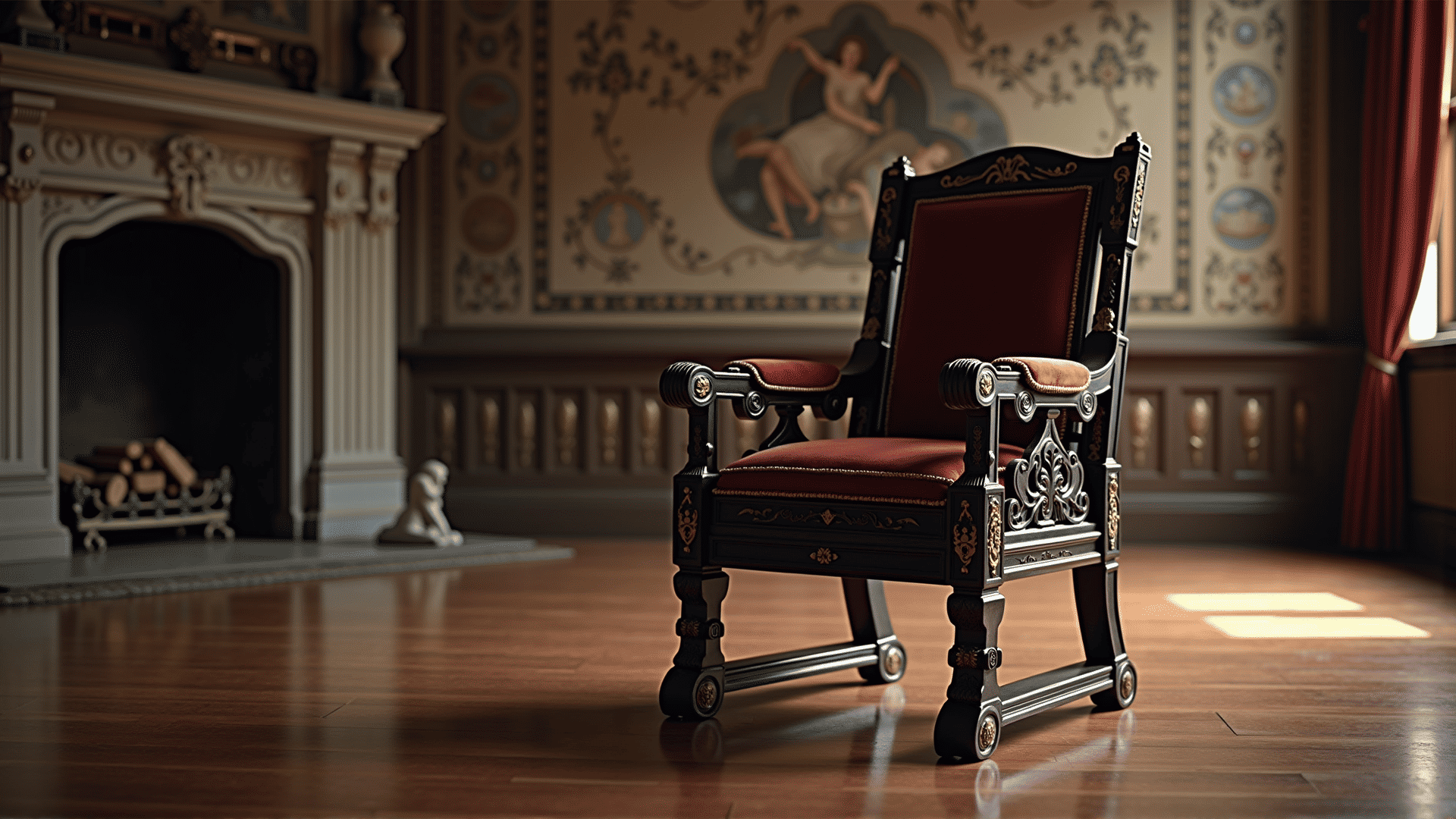The revival of Renaissance artistry has brought a renewed appreciation for the era's contribution to design, especially in the realm of furniture. This period, bridging the gap between the Middle Ages and the modern world, saw an explosion of creativity and innovation across Europe. The tangible relics of this time reflect the profound influence of Renaissance aesthetics and craftsmanship in shaping subsequent design trends.
Renaissance furniture is renowned for its blend of beauty and functionality, embodying principles of balance, proportion, and harmony. Artisans of this era were inspired by the classical beauty of ancient Greek and Roman art, leading to the creation of furniture pieces that were not only functional but also works of art. This era's craftsmen paid meticulous attention to intricate detailing, using various woods and marquetry to create captivating visual narratives on their furniture pieces.
One key element that defined Renaissance furniture was the use of richly carved woodwork. Master carvers would often depict scenes from mythology, nature, or historical events, transforming functional items into storytelling masterpieces. The use of motifs such as acanthus leaves, cherubs, and grotesques was prevalent, reflecting the era's fascination with the natural and the mythical.
Furniture pieces from the Renaissance period were also notable for their grandeur. Large, imposing pieces such as armoires and tables were designed to demonstrate wealth and status, often featuring gilding and intarsia to further enhance their opulence. Chairs were not merely for sitting; they were thrones of power and comfort, adorned with plush fabrics and elaborate frames.
During this period, upholstery began to play a more significant role, with the introduction of new fabrics and patterns. The use of luxurious textiles such as velvet and brocade became a hallmark of Renaissance furniture, adding richness and texture. This marriage of soft fabrics and raw wood elements highlighted a sophisticated understanding of materials and design.
The influence of Renaissance furniture design extended beyond individual pieces; it also impacted interior spaces as a whole. Architectural elements such as columns, pilasters, and cornices began to echo the style and embellishments found in furniture, creating harmonious environments where each piece complemented the other. This holistic approach to design, where furniture and architecture were intertwined, is a testament to the Renaissance's enduring legacy.
As contemporary designers continue to draw inspiration from the past, the impact of the Renaissance on furniture design remains palpable. By embracing the principles of Renaissance artisanship—attention to detail, balance, and craftsmanship—today's designers honor a tradition of elegance and innovation, ensuring the enduring legacy of this transformative era.
